Class size on the rise
Photo courtesy Christi Wallace
After the levy passed in the fall there were still cuts that needed to be made. Class size increases are going to make an impact in the district both on students and teachers.
This past year’s levy passed with over 60 percent of voters supporting the levy. The levy provides additional dollars, but still there is a shortfall. Next year in fall of 2015, the class sizes will increase.
The Stillwater School District’s students and staffing will change come fall of 2015 school year. As of April 23, approximately 34 FTE’s have been released for fall 2014. Teachers and parents across the district are learning how it impacts each building.
“We’ve just recently heard about the new circumstances and I think it’s going to really vary from school to school how it impacts us in the classroom. I believe when class sizes get to be over about 25 students, then it’s just harder because you deal more with I think behavior management issues and then learning time can be impacted and you just don’t know your students as well.”
Assistant Principal Bill Howlett said, “Elementarys were hit harder last time we had to make budget cuts and increase class sizes, so now it is our turn. It seems like every year we’ve been here we’ve been constantly reducing the budget, but part of that is because our enrollment at the school has been decreasing, we only get paid for how many kids show up on September,” said sixth grade teacher Sue Pater at Oak Park Elementary School.
A big worry for all of the staff and parents of the students are the conditions in the classrooms and whether it would be harmful to their learning environment.
“It’s not going to benefit students if your class size is increased, but we have so many different strategies and ways to deal with those increased class sizes. So every year it’s that game, that gamble, of not knowing how big your class is going to be, what your students are like, some kids handle it better than others so you just don’t know,” said Pater. “Whenever class sizes increase, as a teacher you worry more and more about, are you able to meet the needs of all of your students.”
Howlett said, “The average monkey could figure out that that’s not a good thing, that you do connect with kids on a deeper level if you have fewer in your class, but as far as ACT, SAT, MCA scores, there isn’t really any good data that says, well there’s conflicting data. You can find that smaller class sizes lead to more success, you can find that, but you can also find the opposite.”
There is also the issue of school supplies provided to each individual classroom and whether or not they will be enough for a bigger class size.
“Elementarys were hit harder last time we had to make budget cuts and increase class sizes, so now it is our turn.
— Bill Howlett
Pater said, “As far as supplies go in the elementary school, our families are already providing so much of their own students supplies because we only get ‘x’ amount of dollars every year from our PTA group. I think we only got about $10 per student for us to spend on classroom education supplies, so families already are supporting their kids’ materials and supplies.”
The effect of class size increase overall will be particularly harder for the schools who will feel the impact of gaining those extra students and losing staff members.
“I know that the class sizes are pretty big already at the junior high and high school so I worry, even though I don’t work in those buildings I worry very much for that because I just think you’re going to have more behavioral issues. I think with that increase in class size it’s always that you’re knowing your students well is impacting negatively that’s the biggest thing,” said Pater. “As a teacher, it is your job to know your kids inside out and backwards and the more kids you have the harder it is to get to know them, and then I do truly think you have more behavioral issues.”
Assistant Principal Bill Howlett describes the thought process that went behind the decision.
Howlett said, “We are in a budget shortfall, meaning we don’t have enough money than what’s needed to run things and we’ve reduced the supply budgets and we’ve reduced the lighting costs and we’ve tried to make a whole lot of efficiencies, and now we’re down to our last option to reduce the money is to reduce teachers and the result is fewer teachers teaching the same amount of classes, so it’s fewer teachers teaching bigger classes, resulting in larger classes.”
There are a few more districts that are involved with this budget fund situation as well as Stillwater; Stillwater is not the only district that has to cut resources.



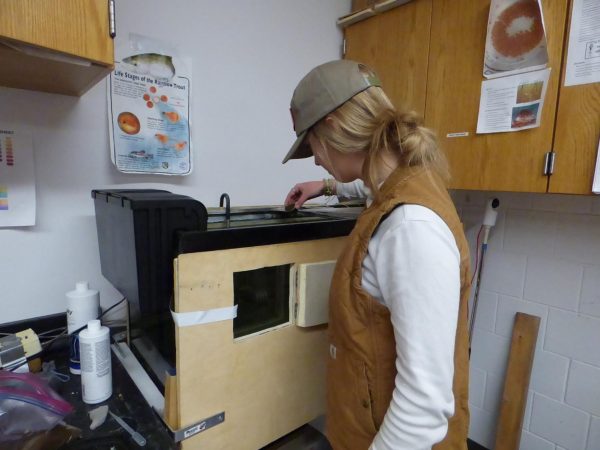

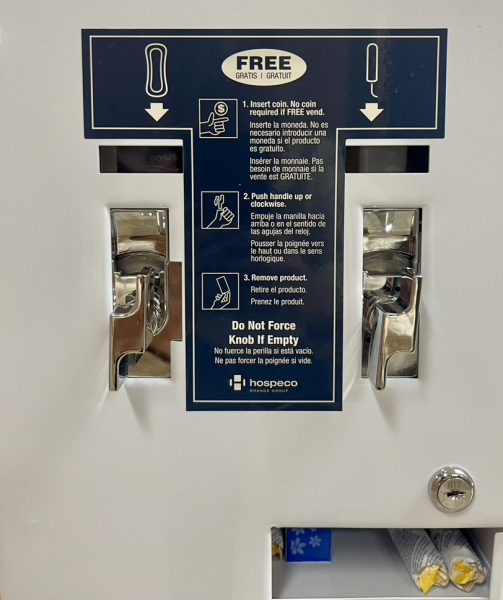

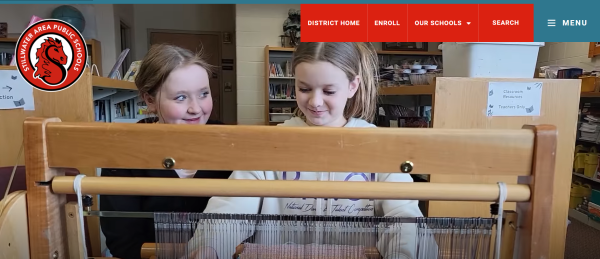

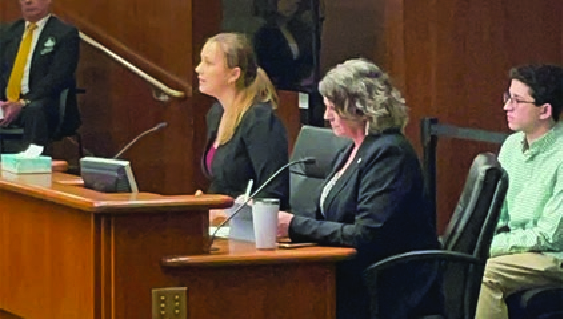

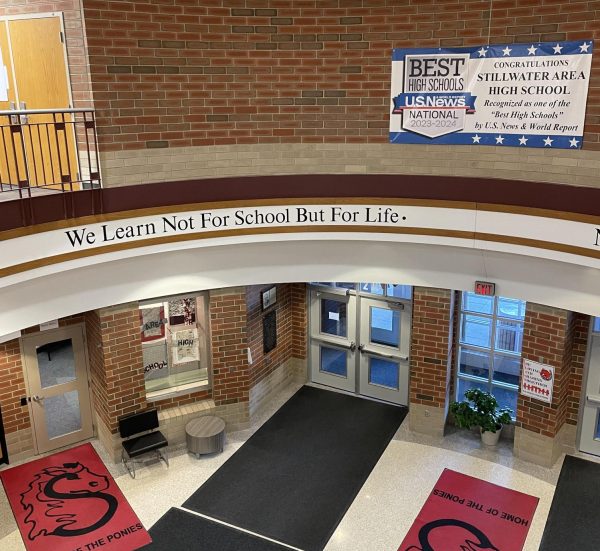

Dan Strand • Jun 1, 2014 at 10:13 pm
Great job getting solid facts and background info. You obviously asked good questions in your interviews. Nice job.